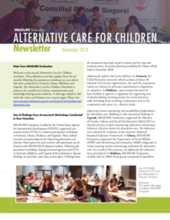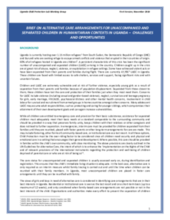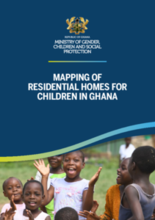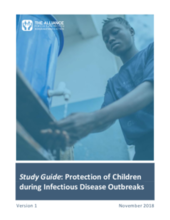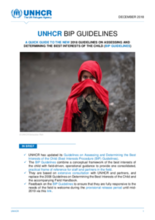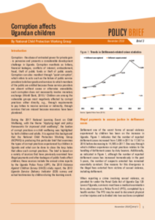Demographic Data
|
Sources: World Bank, UNDP, UNAIDS, DHS 2013 |
Displaying 7101 - 7110 of 14395
UNICEF is seeking a consultant in Myanmar.
This study provides an overview of the situation of children on the move within Africa and assessed the extent to which Member States of the African Union have established normative and institutional structures to address the needs of children on the move in their territories. It presents an informed overview of the routes that children move along in within the continent, the reasons why they move and where these children move to as well as the risks that they are exposed to whilst on the move. The study also scrutinises the legal frameworks affecting child mobility in the continent.
This paper reviews evidence from some well evaluated US reunification programs to investigate positive impact on post reunification outcomes such as preventing future maltreatment or future re-entry into care.
The alternative care for children newsletter provides updates following assessment workshops on care reform that were conducted in Armenia, Ghana, Moldova, and Uganda.
This brief reviews alternative care arrangements for unaccompanied and separated children in Uganda, including challenges faced and lessons learned.
This geographical mapping and analysis of Residential Homes for Children (RHCs) in Ghana aimed to identify the “hot spots” - high concentration of RHCs and/or children in RHCs - and develop a comprehensive understanding of current trends, flows and drivers of children in RHCs in these “hot-spot” (priority) areas.
This study guide is a companion to Guidance Note: Protection of Children during Infectious Disease Outbreaks, which provides humanitarian child protection practitioners with guidance on how to engage in responses to infectious disease outbreaks to ensure children’s protection needs are taken into account in preparedness for, and during responses to, the outbreaks.
The BIP Guidelines combine a conceptual framework of the best interests of the child with field-driven, operational guidance to provide one consolidated, practical frame of reference for staff and partners in the field. This document provides a guide to the 2018 updated Guidelines, including what's new, why they were revised, and what's next.
As part of the "Children Come First: Intervention at the border" project, Save the Children Italy elaborates and disseminates, on a quarterly basis, a dossier containing quantitative and qualitative information (profiles) relating to migrant minors entering Italy. This dossier contains information relating to the period July-October 2018.
This brief from the National Child Protection Working Group (NCPWG) examines the types of corrupt practices experienced by children in Uganda and what can be done to close the loop holes that allow such corrupt practices. The brief highlights the impacts of corruption on children's wellbeing including "instances of falsifying birth histories of children to qualify for orphan status and consequently eligibility for international adoption."


